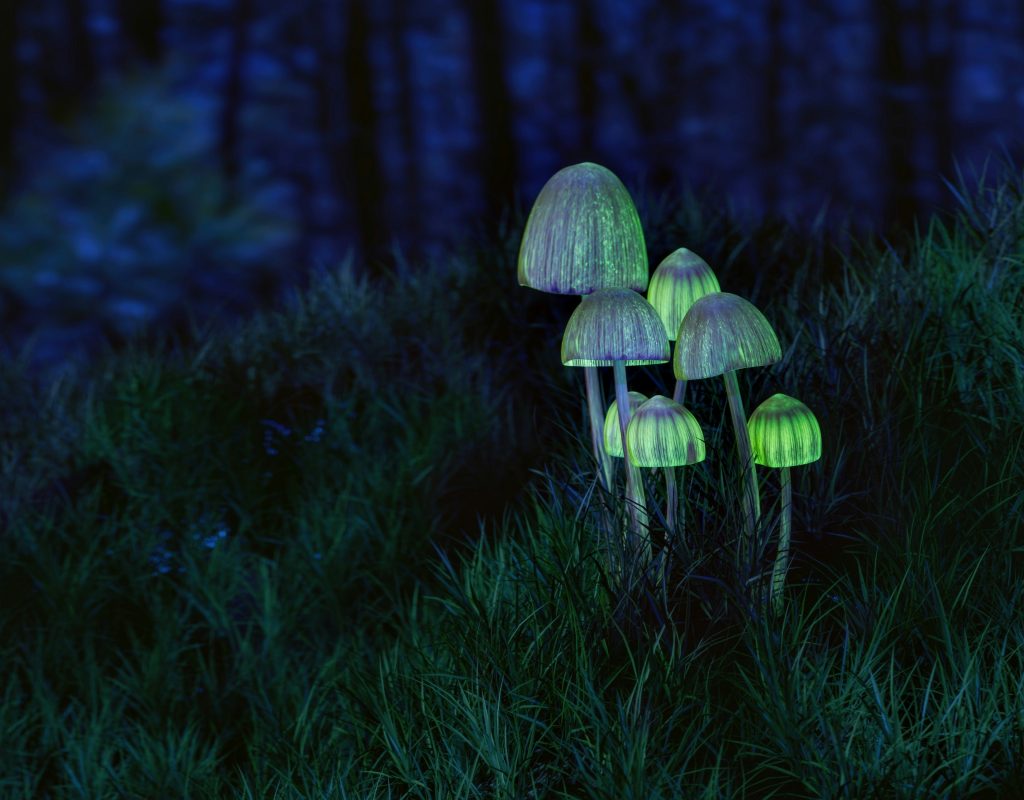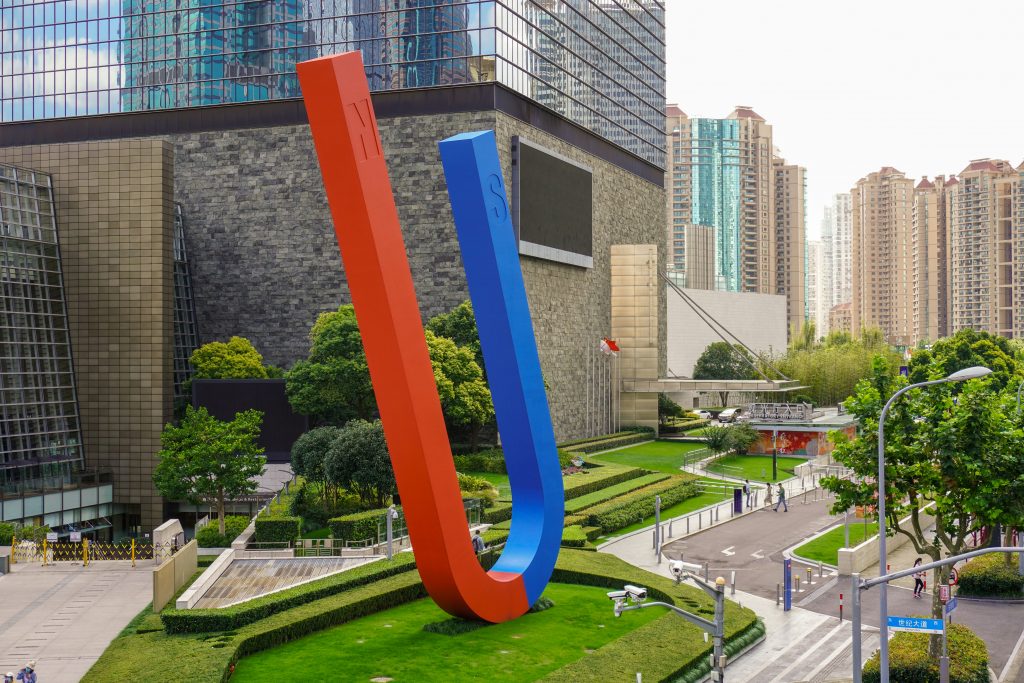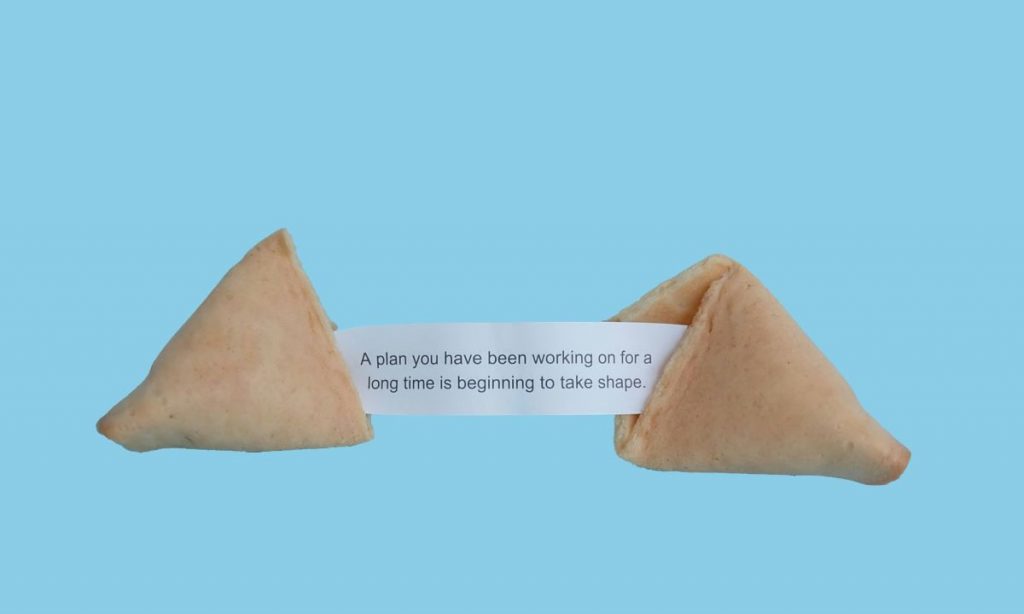In my medical work a number of the most difficult sufferers to handle are these with ‘therapy resistant melancholy‘ and sadly as much as 30% of individuals with a prognosis of main depressive dysfunction (MDD) are immune to conventional drug therapies (Jaffe et al 2019).
In December 2323, Amelia Talbot blogged in regards to the expertise of therapy resistant melancholy and needing to rethink therapy together with extra progressive approaches. It was subsequently heartening to learn Njenga et al’s cutting-edge evaluate revealed within the BMJ in July this yr (.
Their purpose was to offer a ‘narrative evaluate focussing on novel and rising therapies for MDD (at any stage of the therapy cycle, from preliminary episode by to failure to answer therapy) and their effectiveness, security, and applicability in actual world settings.’ I can be summarising this evaluate right this moment.

Sprouts of hope for therapy resistant melancholy?
Strategies
The workforce searched PsycINFO, Medline, EMBASE and Net of Science utilizing the search phrases: “melancholy*” AND “novel therapy*” OR “rising therapy*” OR “progressive therapy*” OR “psychedelics” OR “neuromodulation.” They accomplished the search twice with each searches overlaying January 2017 to June 2023.
There have been clear inclusion and exclusion standards of the search to make sure that it was restricted to latest novel or rising therapies. In addition they solely included interventional knowledge, not theoretical or observational proof, in order that it maximised the applicability to medical follow. This produced 42 articles which have been included within the research.
Outcomes
Of the chosen articles the subjects grouped into 2 broad classes: pharmacotherapy and neuromodulation, with 2 papers specializing in psychological interventions alongside novel and rising interventions.
1. Pharmacological
Psychedelics
Esketamine and ketamine
Speedy, short-term enchancment in suicidality and temper.
Restricted proof of sustained enchancment e.g. at 28 days.
Cochrane evaluate of glutamate receptor modulators discovered ketamine more practical than placebo.
ECT (electroconvulsive remedy) could also be superior.
Scientific utility – 40 minute infusions per week over a number of weeks is already in use throughout healthcare methods together with the NHS, as an off-licence different to ECT.
Psilocybin
Drug-facilitated psychotherapy (2 therapists supporting for as much as 10 hours throughout use).
Speedy enchancment in temper with some sustained impact at 28 days.
In comparison with escitalopram, no statistical distinction at 6 weeks.
Rising proof that it elevated suicidality.
Scientific utility – Scalability could also be a problem resulting from requiring 2 therapists for as much as 10 hours for every therapy.
Ayahuasca and dimethyltryptamine – conventional Amazonian plant medication.
Open label research and 1 RCT have proven some short-term enchancment in MDD.
Important gastro-intestinal unwanted side effects with vomiting, which can restrict wider implementation.
Scientific utility – single dosage with assist accessible if wanted.
Present knowledge doesn’t assist wider use.
Rising therapies
Neuropeptide Y – intranasal adjunct to antidepressant; useful results at 24hrs, however not sustained past 48 hrs.
Minocycline – optimistic impact as an adjunct to antidepressants, however monotherapy is unclear.
Non-steroidal anti-inflammatory medicine – Celecoxib trialled as an adjunct therapy, with optimistic outcomes thus far.
Statins – Adjunct therapy vs antidepressant alone has proven optimistic results.
Omega-3 fatty acid – Trialled as a monotherapy or adjunct and a major discount in signs has been discovered.
Buprenorphine-samidorphan – every day adjunct has proven higher discount in depressive signs than placebo.
Onabotulinumtoxin A – Single injection in to the glabellar area; monotherapy or adjunct. Important antidepressant impact in contrast with placebo.

There’s a vital quantity of curiosity in psychedelics as potential adjunct therapies, e.g. psychedelic-assisted psychotherapy.
2. Neuromodulation
Transcranial magnetic stimulation (TMS)
Repetitive transcranial magnetic stimulation (rTMS) is a type of neuromodulation that entails the focused use of magnetic fields to primarily stimulate the dorsolateral prefrontal cortex (DLPFC) and is advisable by NICE for average to extreme MDD. Newer regimens and varieties embody:
Accelerated TMS (aTMS): more practical than sham remedy, however not considerably more practical than rTMS after 4 weeks.
Theta burst stimulation (steady cTBS or intermittent iTBS): more practical than sham remedy. Impact sustained for two weeks or 4-6 weeks. iTBS higher response and remission at 3 months than rTMSs.
Stanford neuromodulation remedy (SNT): accelerated iTBS imply discount in melancholy scores at 1 weeks and remained vital at 4 weeks.
Low discipline magnetic stimulation (LFMS); no more practical than sham remedy.
Bilateral TBS has the potential to be essentially the most efficacious of the 16 neuromodulation procedures assessed for treatment-resistant melancholy. Though TBS or aTMS will not be more practical than rTMS, each may be administered in a considerably shorter timeframe than rTMS and are nicely tolerated, so they could have higher medical utility.
Rising therapies
Transcranial direct present stimulation (tDCS) – in vascular melancholy more practical than sham remedy. ‘Non-inferior’ to sham remedy in different types of melancholy. tDCS and CBT has no vital antidepressant impact over CBT or CBT and sham remedy.
Shiny mild remedy – as a part of triple chronotherapy produced a speedy and sustained antidepressant impact. With rTMS higher discount in depressive signs than rTMS alone.
Photobiomodulation – vital discount in signs in contrast with sham remedy.
Deep mind stimulation (DBS) – DBS discovered to be much less efficient than rTMS; higher discontinuation charges than sham remedy.
Magnetic seizure remedy – ‘non-inferior’ to ECT, however with a better discontinuation fee.

Newer types of transcranial magnetic stimulation (TMS) could also be faster to ship and nicely tolerated.
Conclusions
Psychedelics and newer types of repetitive transcranial magnetic stimulation emerged because the principal novel therapies being trialled for MDD. Analysis on psychedelics thus far has proven speedy onset of quick time period enchancment in temper and suicidality though with restricted sustained profit.
Of the rising pharmacotherapy brokers, minocycline at current seems to carry essentially the most promise. Shiny mild therapies provide an intriguing mechanism for potentiating results of different types of neuromodulation.
The authors nevertheless emphasise that
the therapy of MDD requires a holistic, bio-psychosocial strategy and so the psychological and social have to be thought of alongside the therapy of the neurobiological. Certainly, a number of the most sturdy proof was for therapies that included psychedelic interventions with psychological assist.
Strengths and limitations
There isn’t a particular vital appraisal course of for cutting-edge evaluations, nevertheless a number of the rules of the systematic evaluate may be adopted to assist appraise this analysis.
There was a clearly targeted query/space of curiosity and so they particularly checked out intervention papers that would then be relevant in follow. There have been a number of papers faraway from the search though with clearly documented rationale. The outcomes have been grouped into pharmacological interventions and neuromodulation and this will likely have been contributed to by a number of the search standards particularly naming psychedelics and neuromodulation which can be seen as choice bias. I ponder if that they had included particular psychological phrases of their search (e.g. third wave interventions, mindfulness and so on) if it might have led to further papers? Briefly, this evaluate is a good abstract of psychedelics and neuromodulation for melancholy, but it surely’s not a complete abstract of all new and rising therapies for main depressive dysfunction, so the title is somewhat deceptive.
The outcomes and high quality of research have been commented on with out mixture; leaving the reader to amalgamate the outcomes. Being a story evaluate there was no summative evaluation of the papers doubtlessly leaving the reader with extra questions than solutions.

This cutting-edge evaluate whet’s the urge for food for future care choices.
Implications for follow
As a clinician, bringing the proof collectively in a single place has been extremely helpful for me; each in relation to potential therapy choices for these sufferers struggling with vital ‘therapy resistant melancholy’, but in addition to have an understanding of the proof to assist sufferers to hitch future analysis protocols.
For these novel and rising therapies to accumulate wider acceptance, their effectiveness will should be in contrast with that of established therapies. The authors have recommended potential future analysis questions (beneath) which I’d totally agree with and we’d have to see these sorts of outcomes earlier than having the ability to transfer ahead with sturdy therapy regimens.
Potential analysis questions:
What psychotherapeutic approaches are handiest in augmenting and sustaining the antidepressant impact of psychedelic brokers in individuals who have MDD?
What measures needs to be carried out for monitoring misuse, abuse, effectiveness, and adversarial penalties of novel and rising therapies for folks with MDD?
What’s the medical and value effectiveness of recent and rising therapies for folks with MDD in contrast with established therapies?
Are there particular affected person subpopulations for whom novel and rising therapies for MDD are higher indicated?
I additionally surprise how they are going to overcome the problem of tips on how to blind the intervention with such totally different therapy modalities and results? Right here’s a canopy of a psychedelic rock basic to hearken to while all of us ponder the probabilities…
Assertion of pursuits
I’ve no conflicting pursuits in relation to this paper
Hyperlinks
Main paper
MagalhãesNew and rising therapies for main depressive dysfunction
Different references
Jaffe DH, Rive B, Denee TR (2019). The humanistic and financial burden of treatment-resistant melancholy in Europe: a cross-sectional research. BMC Psychiatry 2019;19:247. doi:10.1186/s12888-019-2222-4








